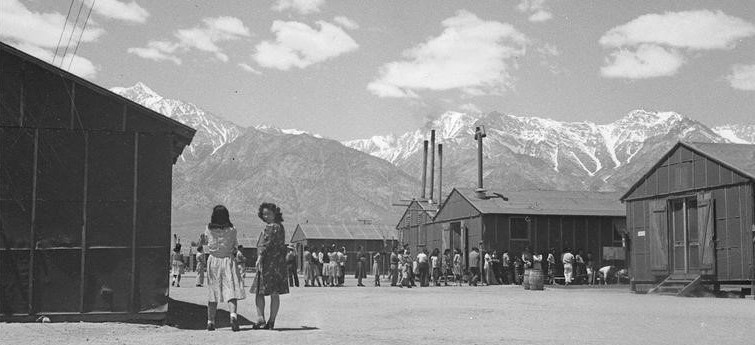Located in California’s Owens Valley, Manzanar concentration camp opened on June 1, 1942 and held 10,000 Japanese Americans, mostly from the Los Angeles area, during World War II. Manzanar was beset with unrest in its first year, culminating with what has been called both a “riot” and an “uprising” in December 1942, when military police fired into a crowd, resulting in the deaths of two inmates.
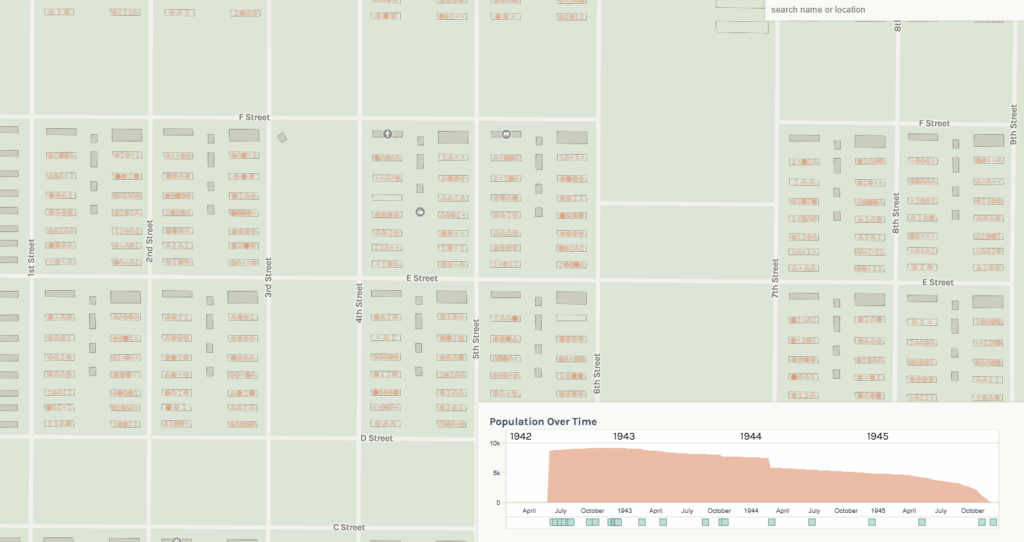
Manzanar CloseUp
An evolution of Densho’s popular Sites of Shame project, Manzanar CloseUp applies similar data extraction and visualization tools to offer a close-up view of Manzanar concentration camp. Users are able to see geographical and population features of the camp with an unprecedented level of detail, including information about camp population down to the individual family and barrack level.
Featured Collections
Manzanar Historic Site
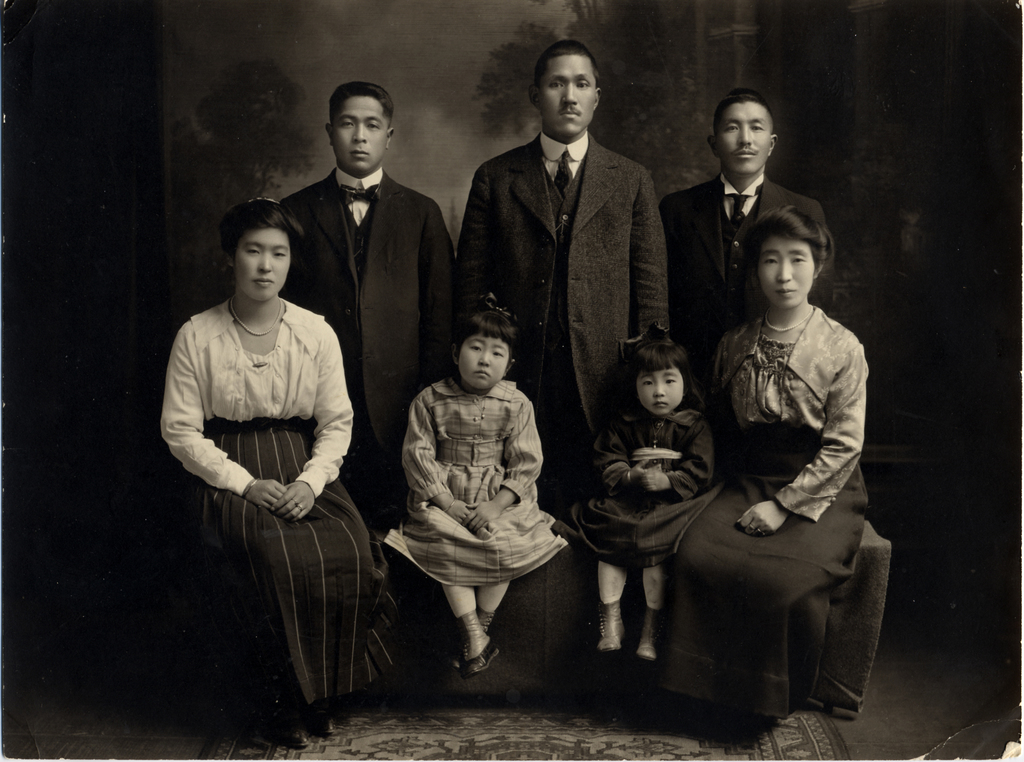
This collection contains photographs and documents collected by the Manzanar National Historic Site.
Manzanar Free Press Collection
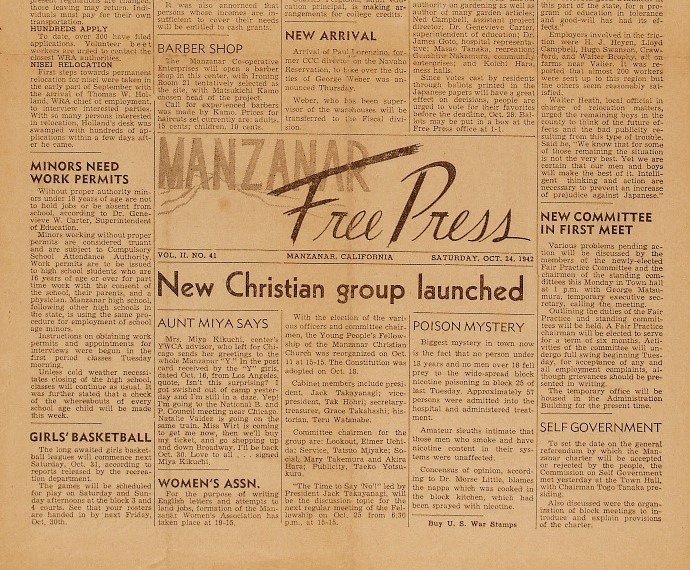
This collection consists of the Manzanar Free Press, a newspaper published by the inmates at the Manzanar concentration camp. The paper was published from 1942 until 1945.
Ralph P. Merritt Collection

This collection consists of photographs from an album belonging to Josephine Hawes, Chief Nurse at Manzanar concentration camp.
Oral histories
Father's Decision to Build a Camera in Manzanar
Archie Miyatake describes how his father, renowned photographer Toyo Miyatake, felt a responsibility to take photos in camp to document their life.
Living Conditions at Manzanar
Kazuko Nakao, originally from Bainbridge Island, Washington, describes the wind storms, living conditions, and mess halls when she first arrived at Manzanar.
Witnessing the "Manzanar Riot"
Richard E. Yamashiro recalls observing the Manzanar Riot standoff between the Japanese Americans and the military police.
Encyclopedia entries
Manzanar
Located in the Owens Valley about 225 north of Los Angeles, Manzanar began its life as the Owens Valley Reception Center, the first of the WCCA-administered camps to open.
Manzanar Riot/Uprising
A December 1942 incident at the Manzanar camp resulted in the institution of martial law and culminated with soldiers firing into a crowd of inmates, killing two and injuring many.
Manzanar Children's Village
An orphanage established as a result of an order by the U.S. Army that orphan and foster children of Japanese ancestry were also to be incarcerated.
Guayule Project
A scientific research group based at Manzanar to develop a natural rubber substitute using the guayule shrub.
Blog Posts
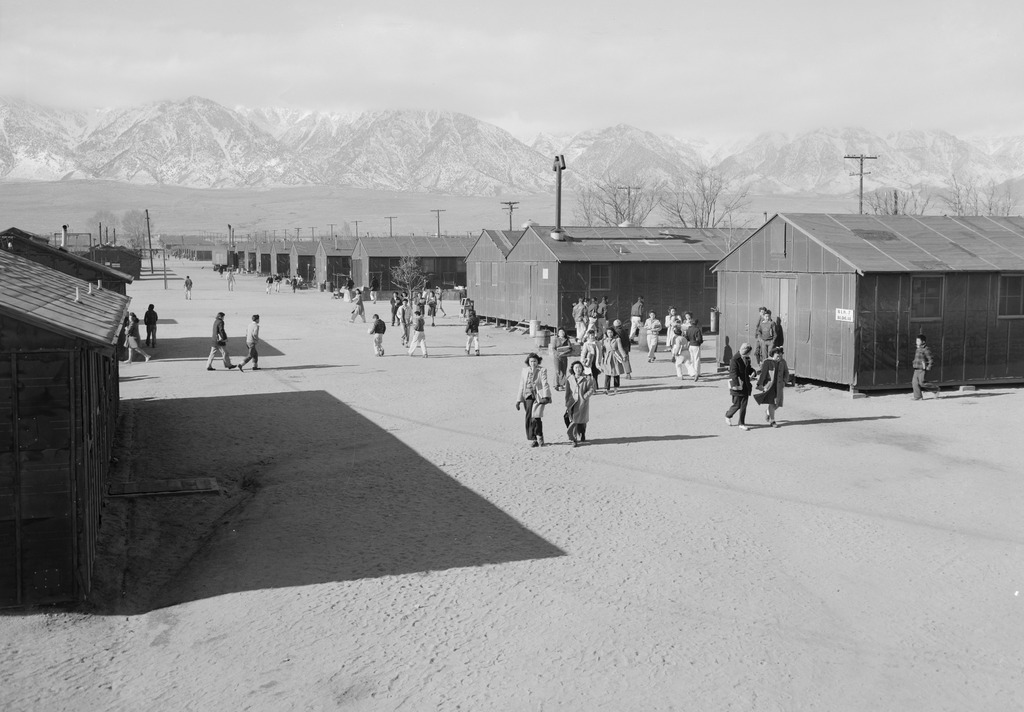
A Mattress Factory, Female Administrators, and Other Unusual Things About Manzanar
Manzanar was the first of America’s WWII concentration camps to be built, and is perhaps the most well-known of the camps today. Yet for all its firsts and claims to fame, there are quite a few unusual pieces of Manzanar’s history you probably haven’t heard about.
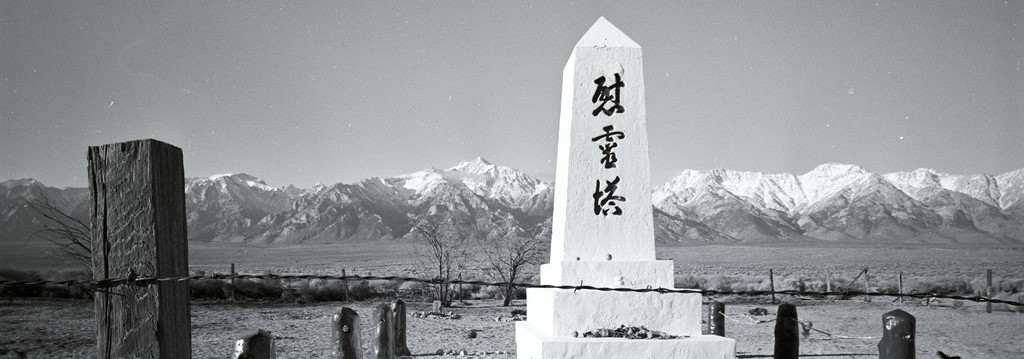
How Japanese Americans Fought to Make Sure We Never Forget Manzanar’s History
Manzanar was the first of the US concentration camps where Japanese Americans were incarcerated during WWII to become a National Historic Site, thanks to the efforts of the Japanese American community to preserve its legacy for future generations.
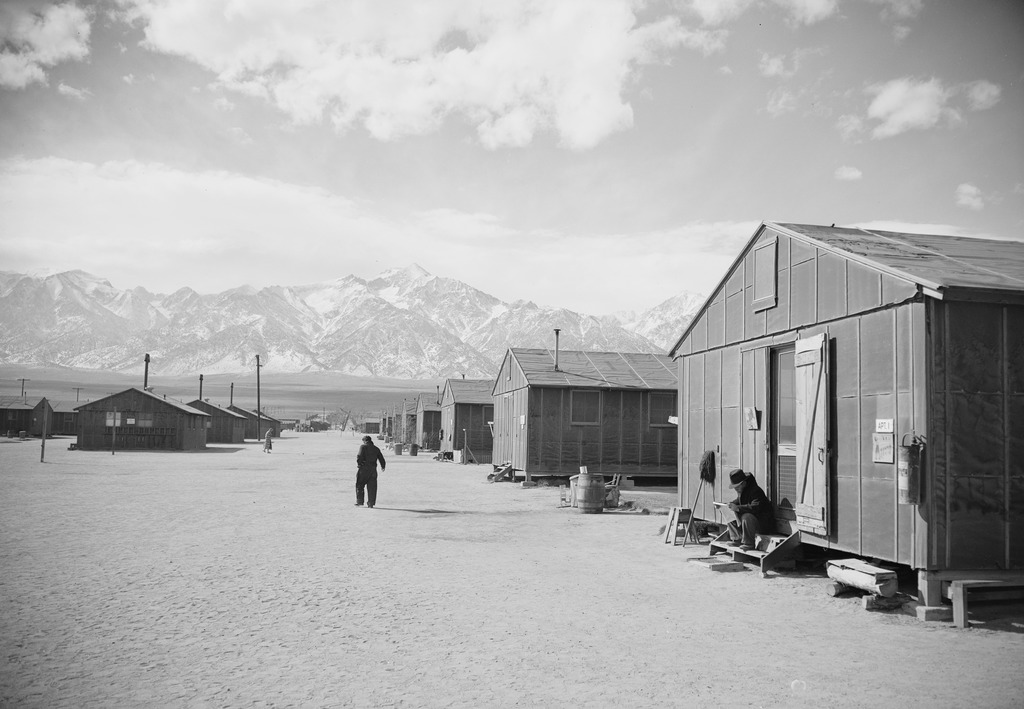
Ask a Historian: What’s the Story Behind Ansel Adams’ Famous Manzanar Photos?
Though the incarceration-related photographs of Dorothea Lange and Ansel Adams are often grouped together as by far the two most famous such photographers, they came to their photographs in very different ways.

Educational Material Tide Goes Out
Part-biography, part-fiction, Tide Goes Out recounts one family’s journey from their early years on the shores of Terminal Island, through their removal and detention in Manzanar, and their eventual return to the place they once called home. In order to help you bring this graphic novel to your classroom or community group, we’ve crafted some thought-provoking questions and learning activities.
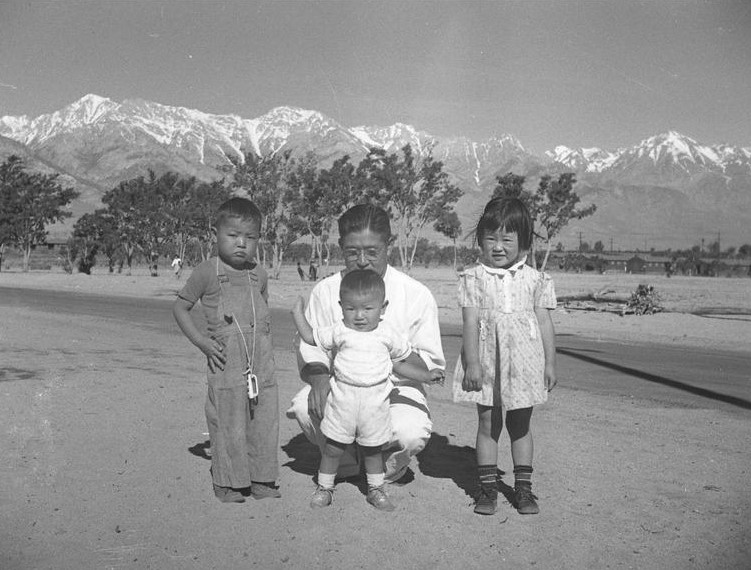
Exploring Your Family History
Over the past two decades Densho’s extensive online resources have become increasingly useful as a tool for Japanese American families to explore their heritage. The Densho Family History Program’s mission is to help members of the Japanese American community connect with their history through education, training, access to genealogical tools, and preservation of historical materials.
Acknowledgement
Funding made possible by The Henri and Tomoye Takahashi Charitable Foundation.
